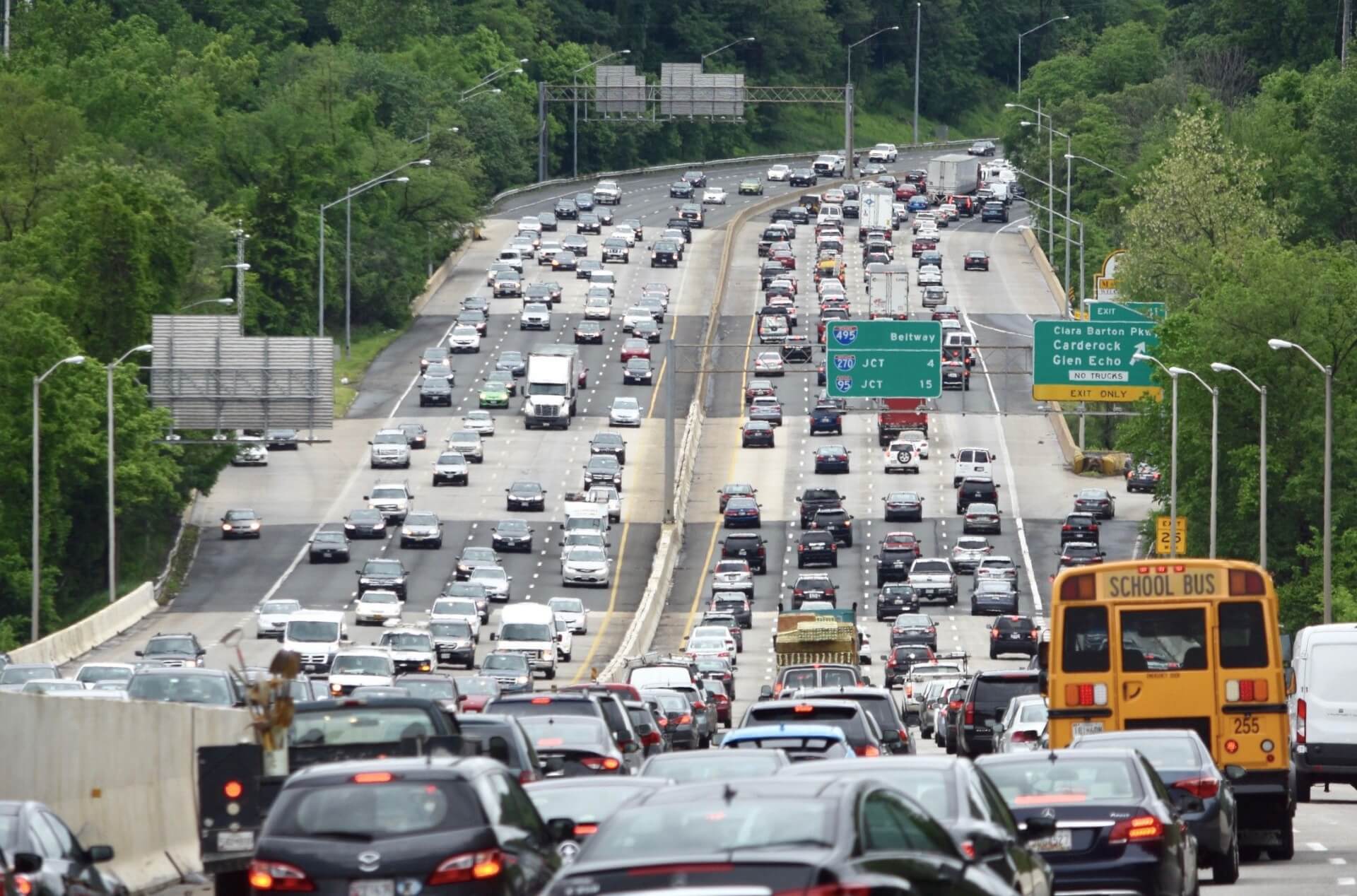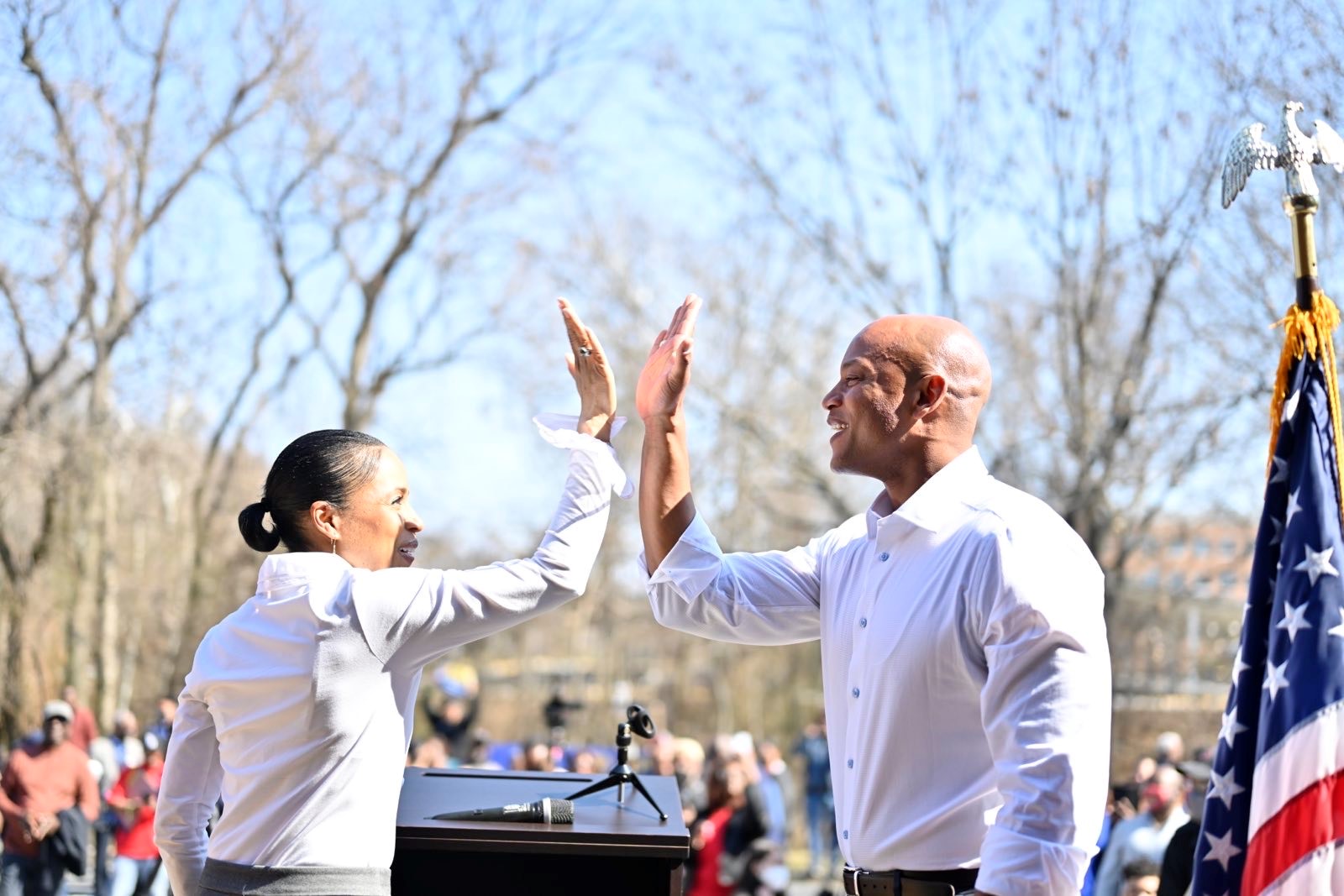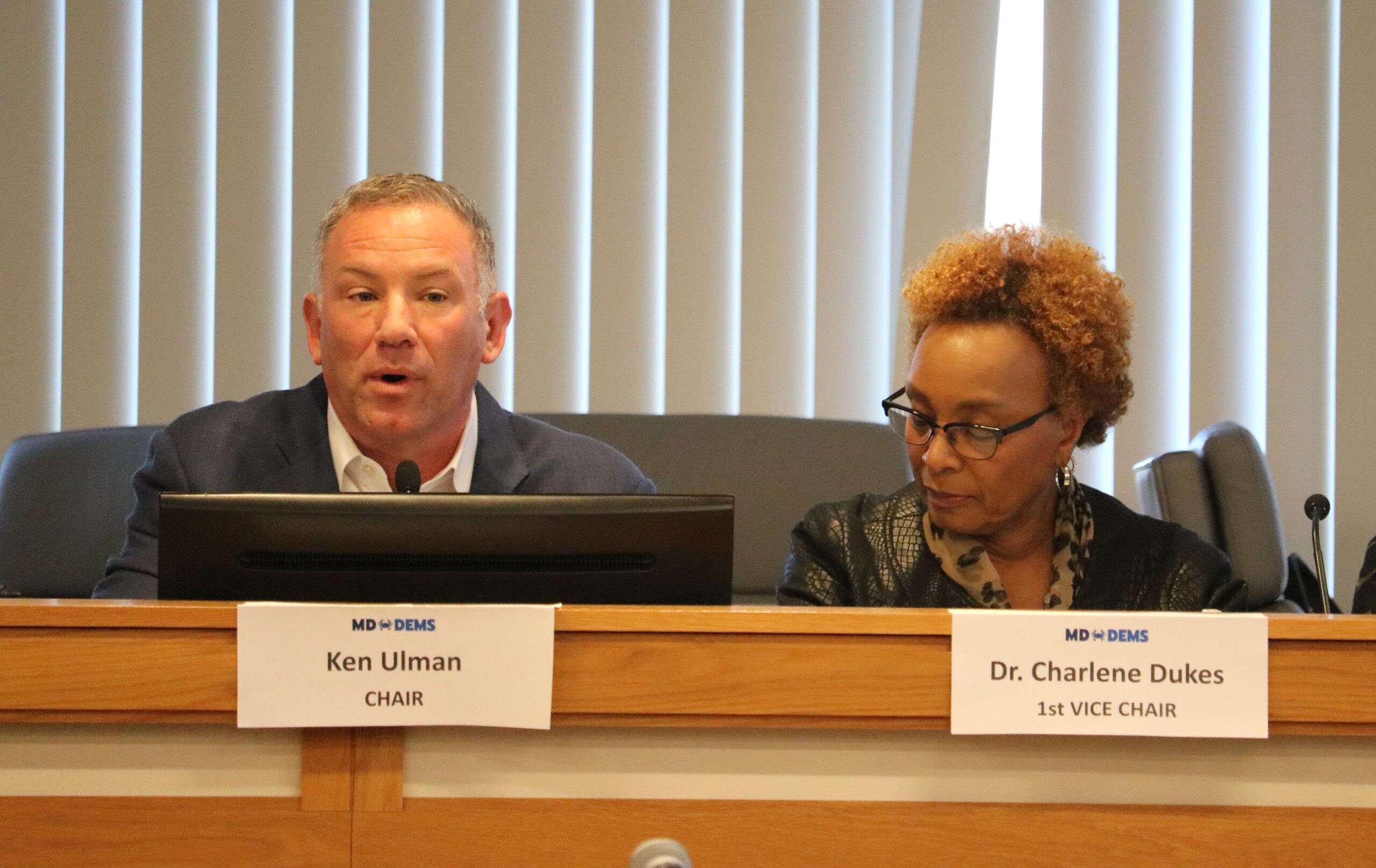
By Brian Ditzler
The writer is a member of Maryland Advocates for Sustainable Transportation, a coalition of more than 20 advocate groups concerned about former Gov. Larry Hogan’s plan to expand I-495 and I-270. MAST supports policies that address the climate crisis and transportation problems.
Article after article has sounded the alarm about former Governor Hogan’s toll lane plan and its fundamental flaws and risks. Public advocates and elected officials have repeatedly called out the false claims used to justify the state’s 50-year, mega billion-dollar partnership with Australian toll-giant Transurban.
The project, unsurprisingly, is not popular. In Montgomery County, which is ground zero for phase one, 54% oppose the toll lanes compared to 40% in favor, according to a September 2022 Washington Post-University of Maryland poll. Both Republican and Democratic candidates for governor took issue with the too-expensive tolls and other aspects of the project. Even candidates who supported the toll lanes tried to run away from the issue.
Yet the toll lane plan still moves ahead. State, regional, and federal gatekeepers, one by one, have given the project a pass without doing adequate due diligence. Proponents, including PACS and lobbyists, use their considerable resources to push the false narrative that the toll lane scheme is the only answer to the region’s traffic woes.
In fact, the project would amplify the woes. It would create even more bottlenecks and result in numerous harms. There’s no fixing it. The flaws are baked in. Meanwhile, there are an array of viable alternatives for addressing regional transportation challenges. They include expanding mass transit; extending the highly successful, I-270 Innovative Congestion Management System; reversible lanes; improved access to HOV lanes; and more. The American Legion Bridge can be updated with federal and state funds and without tolls.
We urge the Moore administration to immediately come down on the side of the public good and announce the end of the private toll lane plan. The private toll lanes would be one of the most inequitable, backward-looking, wasteful highway projects in the U.S.
The stakes for the public are enormous.
Proponent arguments for the project are false
The plan would not benefit all. Without ongoing congestion in the free lanes, the project’s business model fails completely. Congestion is what would spur the wealthiest few to escape into the outrageously priced toll lanes. New bottlenecks at the merges where the toll lanes end would severely increase congestion for everyone and “necessitate” more state contracts to build more toll lanes.
The environmental damage would not be sufficiently mitigated. The project would have profound, irreversible adverse impacts on public health, air and water quality, greenhouse gas emissions, resilience to climate hazards, and on adjacent communities, natural habitats, parks, and historic places.
The project would not come at no cost to taxpayers. A high profit margin (internal rate of return) is contractually guaranteed to the private concessionaire, and shortfalls — plus costly compensation and relief meaures — would be at Maryland taxpayer’s expense for the next 50 years. The multibillion dollar project cost has risen 20% in the last two years, according to Governor Hogan, and it will be taxpayers who pay the exorbitant tolls set to escalate yearly by 2.1% PLUS the consumer price index inflation.
Not all free lanes would remain free. Two publicly owned, publicly paid for HOV lanes on I-270 would be handed over to Transurban for private tolling. The revenue would flow not to the benefit of Maryland but to a private conglomerate’s shareholders.
The highways would be less safe with toll lanes. The remaining free lanes would be crammed with the vast majority of big rigs and commercial vehicles mixing with passenger vehicles. According to project interstate access reports, drivers in the free lanes would experience additional weaving, tighter cross sections in places, the loss of a left lane shoulder, and more merge and diverge access points. All are recipes for accidents, as Northern Virginia’s experience with private toll lanes clearly shows. Basing access to the safer lanes on ability to pay is a huge equity and environmental justice issue.
Profit over public interest
Transurban has already secured for itself a contractual right of first refusal for private toll lane extensions, essentially guaranteeing a monopoly. The first phase of the Maryland project is approximately 15 miles long. But over 70 miles of toll lanes are promised to the private concessionaire if the construction contract is signed.
In Virginia, the public-private partnership that started as 14 miles of toll lanes has, in a decade, grown to 65 miles of toll lanes with 10 more in progress. Such expansion has already happened where Transurban dominates in Australia.
The private toll lane model depends on continuous expansion and “enhancement.” At this moment, Virginia’s I-495 Southside Express Lanes Study is proposing toll lanes from Virginia into Prince George’s County, via the Woodrow Wilson Bridge. Transurban speaks freely about encircling the Capital region with toll lanes, then moving on to more of the U.S. market.
Transurban has said it’s not so much the first Maryland toll lane segment it is happy about, but having Maryland as a long-term client. That’s a big problem for Maryland motorists and taxpayers, because a private corporation would have outsized power to drive, influence, and dictate our transportation and wider investments.
Local control will disappear
It’s wishful thinking that local or state politicians could maintain control of the toll lane project once a construction contract was signed with Transurban and its partners. Politicians have spoken of their desire to lower the tolls and make other adjustments. But that would be impossible unless the state subsidized the private toll lanes even further. Exorbitant toll rates are already set and referenced in the phase contract — the parent contract for the toll lanes — which was approved by the Board of Public Works without adequate financial and legal review. To see how the expectation of local control fails to pan out, look at the inability of local authorities to control toll road operators in Australia.
The lack of transparency will remain
The public and its representatives require ongoing, accurate information about public projects. But toll lane public-private partnerships like this one move forward based on misinformation, false promises, and secrecy. They flourish when there is a lack of transparency and accountability. The state failed to offer a clear explanation for why it changed its traffic model results, even after federal experts said they could not determine whether some of the changes were plausible. Absent a credible traffic model, the state has no basis for claiming that the toll lanes would provide traffic relief.
Maryland’s “partnership” with a private corporation for toll lanes throws transparency in government under the bus. Outside of public view, the partnership basically turns public assets into commodities. This has already happened in Australia, with secret compensation arrangements to remain confidential until 2060.
Governor Hogan gave Transurban’s team until March 2023 to finalize the I-270/I-495 construction proposal. So now the project’s fate lies with Governor Moore. Immediately calling off all work toward the toll lanes project quickly is the Moore administration’s best chance to extricate itself from this unfixable, dangerous partnership and instead prioritize strategic transportation investments that will efficiently, equitably, and sustainably serve current and future generations of Marylanders.




 Creative Commons Attribution
Creative Commons Attribution